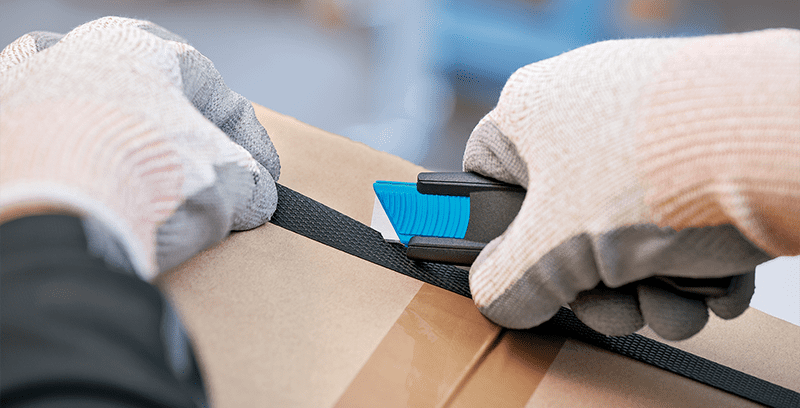
Cut resistant gloves are an essential part of personal protective equipment (PPE) used by workers who handle sharp objects. These gloves are designed to provide protection against cuts, punctures, and abrasions while performing tasks such as cutting, slicing, and handling sharp tools. In this article, we will discuss the benefits and limitations of cut resistant gloves.
Working gloves
Benefits:
1、Protection against cuts and punctures: Cut resistant gloves are made of high-strength materials such as Kevlar, stainless steel mesh, and HPPE (high-performance polyethylene) fibers, which offer protection against cuts and punctures. These gloves have a high level of cut resistance, which helps reduce the risk of injuries caused by sharp objects.
2、Comfort and flexibility: Cut resistant gloves are designed to be comfortable and flexible, allowing workers to perform tasks with ease. These gloves come in different sizes and styles to fit the wearer's hands and provide a comfortable fit.
3、Cost-effective: Cut resistant gloves are a cost-effective solution for protecting workers from cuts and punctures. These gloves can last for a long time and can be washed and reused, making them a practical investment for companies.

Limitations:
1、Limited protection: Cut resistant gloves are not puncture-proof, and they do not provide protection against all types of cuts. The level of protection offered by these gloves varies depending on the material used, the thickness of the glove, and the sharpness of the object.
2、Decreased dexterity: Cut resistant gloves can decrease dexterity and make it difficult to perform tasks that require a high level of precision. Workers may need to remove their gloves to perform tasks that require fine motor skills, which can increase the risk of injuries.
3、Risk of complacency: Workers who wear cut resistant gloves may become complacent and feel invincible, leading them to take unnecessary risks. It is essential to remind workers that cut resistant gloves provide only limited protection and that they should always use caution when handling sharp objects.
In conclusion, cut resistant gloves are an important tool for protecting workers from cuts and punctures. They offer several benefits, including protection, comfort, and cost-effectiveness. However, they also have limitations, including limited protection, decreased dexterity, and the risk of complacency. Companies should carefully consider the benefits and limitations of cut resistant gloves when choosing PPE for their workers and provide appropriate training to ensure safe and effective use.

